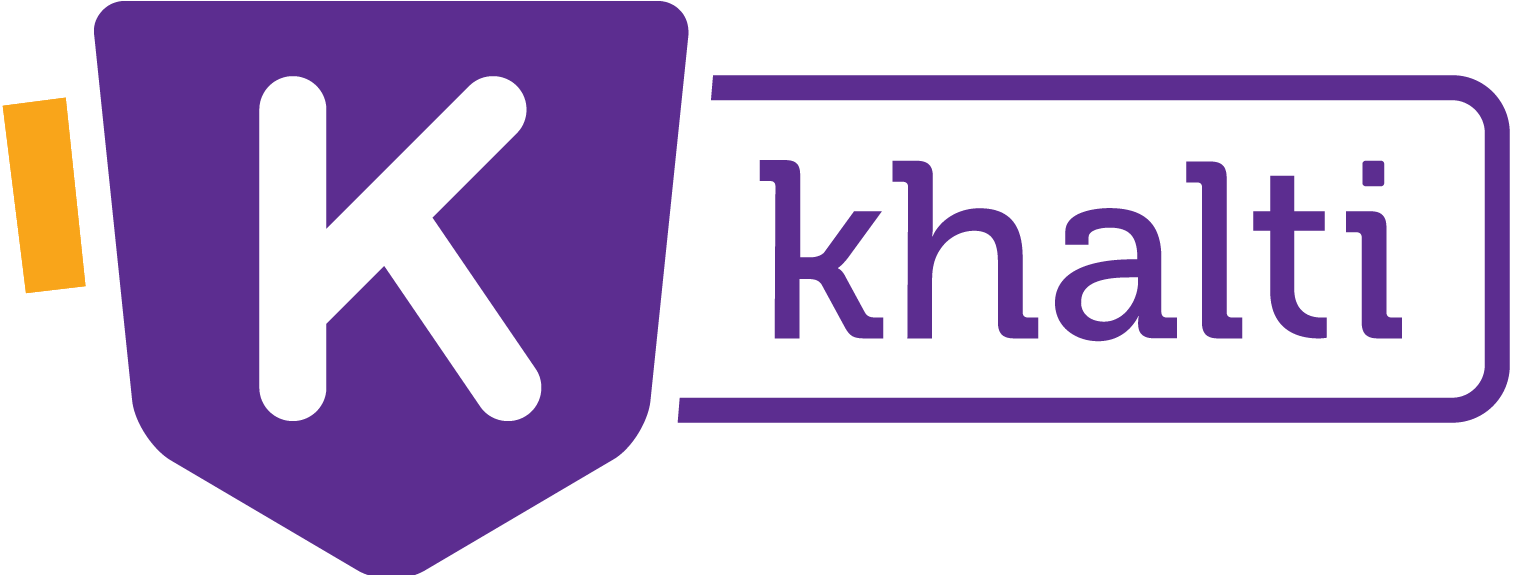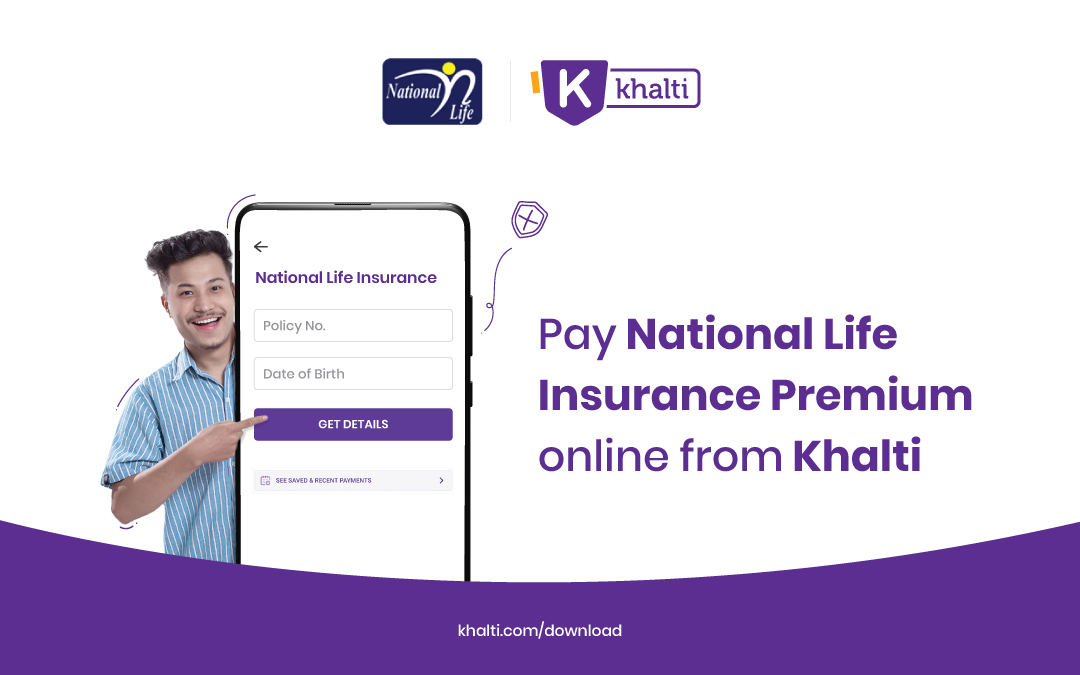Mobile Financial Services (MFS) can be considered as a distributive service for wider access to financial services in the rural, semi-urban people in Nepal. It, basically, indicates the services that provide retail to micro-retail services (the payment facilities, receipt of funds, and transfer of funds) through the use of a telecommunication channel (especially mobile). Financial products that can be delivered through MFS could be basic fund transfer, utility/bill payments, merchant payments, etc., or could be more advanced financial products like micro-loans, insurance, remittance, etc.
The mobile financial system is viewed as a financial services eco-system that will be deployed to realize the following objectives:
- Enable low-income, rural and un-banked, and under-banked households in the country to increase their financial security through appropriate, affordable, and secured means to transact, manage and save money through mobile and digital financial services.
- Build scalable mobile financial services initiative in the country through the hosting of a meso-level MFS platform and working with stakeholders to develop an agent network to roll out such services through the country.
- Bring in inter-operability among competing MFS platforms in the country for maintaining competitive market conditions for mobile payment business.
- Build an extensive network of customers, agents, merchants, utility companies, financial service providers (FSPs); e.g., BFIs, insurance companies, etc., that form a complete eco-system of mobile financial services in line with the central bank’s regulations.
- Encourage co-operation and inclusion on the created infrastructure of all MFS stakeholders including Mobile Network Operators (MNOs), Banks and Financial Institutions (BFIs), and the government.
Potential Products/Services in Mobile Financial Services
- There are currently a very few options available in the electronic payments services space that cater to the retail and micro-retail payment requirements, and it largely depends on cash transactions. The Machine-to-Machine (M2M) mobile payment system will be a convenient and cost-effective medium to support such retail and micro-retail payment transactions, particularly for the unbanked population. Hence, the potential for a large-scale mobile payment system in Nepal exists with the underlying objective of providing new and innovative solutions for retail and micro-retail payments.
- Person-to-Person (P2P), Person-to-Bank (P2B) / Bank-to-Person (B2P), Utility & Bill Payments, Airtime top-ups, etc. are some of the services that will be serviced from the proposed M2M mobile payment system.
- Nepal Telecom’s Airtime top-up is one of the most common services that can be used by the customers through M2M mobile payment systems. Apart from the existing airtime distribution channel, M2M mobile payment system will create an additional direct channel for such distribution. This is also expected to further cut down the current distribution cost compared to online and Mobile Point of Sales (MPoS).
- Similarly, other bills/utility payments can also be serviced through M2M mobile payment system.
- There are currently very few options available for People-to-Government (P2G) / Government-to-People (G2P) related payments. This is mainly due to the lack of acceptability of other payment channels for such payments. M2M system jointly operated by a government-owned telecom company (Nepal Telecom) and the associate company has very high potential to convince authorities to use the M2M mobile payment system for such payments, particularly small value payments.
- Bulk payments like salary, pension, social security, remittance, and other B2P/G2P of smaller values can also be serviced through M2M mobile payment system.
- Innovative financial services like microloans (disbursement and installment), micro insurances (premium and disbursement), and similar services are also potential products that can be serviced jointly with the banks and financial institutions through the mobile payment system.
- Cash In/Cash Out (CICO) from M2M mobile wallet account can be serviced through the agents of a telecom company (NT) or other partner agent network. Alternatively, this can be achieved from/to the member BFIs of the associate company through other switching systems, namely interbank payment system (IPS) or mobile payment switch (proposed as the part of MFS project).
- Merchant payments (online/offline) is also a potential area for the proposed M2M mobile payment system, and so will require a large number of merchant enrolment or its acceptability.
Current State of Mobile Financial Services in Nepal
There have been some initiatives in Nepal for the delivery of Mobile Financial Services by banks and other private players. However, all such independent implementations by almost all major banks are on small scale as an alternative delivery channel to their existing customers, and a few implementations by private players are also running in an unregulated manner in separate silos. There are duplications of investment in almost the same set of MFS infrastructure and lack of inter-operability of inter-bank and inter-operator (telecom operator) transactions including standardization. This also indicates the existence of significant business potential for establishing large-scale mobile financial services platforms in Nepal.
Due to non-correlation between the stakeholders of the MFS ecosystem, the current MFS initiatives are unable to derive large-scale benefits to the general public and no significant support to the national policy of access to finance and financial inclusion.
Nepal Rastra Bank (NRB) came out with a licensing policy for the Payment Service Providers (PSPs) and Payment System Operators (PSOs) to provide financial services by using the internet, mobile devices, and/or payment through card services in 2016. This policy opened the avenues for telecom companies to come into the business of financial services; however, the policy made it mandatory for the telcos to conduct the financial services by establishing a separate subsidiary company. NRB made it clear that any non-financial service company willing to operate the financial services needs to be licensed and regulated by them.
Nepal Telecommunications Authority (NTA) issued a consultation paper on licensing provisions to open mobile value-added services in Nepal in January 2017. This paper has some provisions relating to MFS as well; the following of them are notable:
Annex 5: Special Guidelines for Mobile Financial Services
3. Service License scope
3.1. For the purpose of this licenses sub-category, we have divided mobile financial services providers into two types:
- Technical Service Provider: provide mobile banking software, hosting, server space, technical services, etc.
- Payment Service Provider
3.2. The license for Mobile Financial Services applies only to MVAS companies that provide technical services to Financial Institutes licensed under various categories of Nepal Rastra Bank (NRB). Payment Service Providers (PSPs) and Payment Service Operators (PSOs) will need to be licensed to operate under NRB rules and regulations. NTA does not regulate PSPs and PSOs.
3.3. Telecom Operators with a valid mobile license do not need to apply for MFS license from NTA. They are required by Nepal Rastra Bank to create a subsidiary that handles the MFS activities and apply for a Payment Service Provider license.
5. General Guidelines for Telecom Operators regarding Mobile Financial Services
5.1. All Telecom Operators shall commit to providing unbiased, quality access to mobile banking users of all FIs and Payment Service Providers to whom they offer technical services.
5.2. All Telecom Operators involved in Mobile Financial Services shall ensure that their hardware and software are up-to-date for safeguarding the confidentiality of end-user authentication and technical transaction-related data during transmission or storage in any form within the Telecom Operator’s network.
5.3. If a Telecom Operator wishes to perform mobile financial services, they can do so via a partner/subsidiary company, separate from the telecom operator company, which has a valid license from NRB and permission from NTA to execute such functions.
5.4. Telecom Operators shall maintain detailed technical transaction logs to enable processing of audit trails in the event of any dispute or supervisory concerns of NTA or NRB, without compromising the confidentiality.
Alternatives Available to Nepal Telecom
Three major strategic options have been identified that Nepal Telecom can choose from and move ahead with the implementation of MFS. The options available, their key strengths and weaknesses, etc. shall be evaluated for informed decision-making by Nepal Telecom.
The possible alternatives are:
- Establish a fully owned subsidiary to run MFS independently.
- Enter a commercial agreement with PSPs.
- Establish a joint venture subsidiary with an organization that represents financial sectors.
Analysis of Alternatives available to Nepal Telecom
1. Establish a fully owned subsidiary to run MFS independently
In this option, Nepal Telecom is expected to create a 100% owned subsidiary company to run the mobile financial service. There are many deployments worldwide that are completely a telco-led model and do not involve the banks or financial institution as a partner, but keeps the trust account with one of the banks to meet the financial services regulatory requirements.
The key pros and cons of the telco-led model are as below:
Pros:
- Not reliant on any financial service provider to extend the payment and financial services;
- Leverage of existing infrastructure to bill the customers and the merchants;
- Already have a huge customer base and basic KYC information of customers;
- Easy and low-cost customer adoption into the MFS;
- Control over all the revenue streams:
- Reduce churn and customer retention with value-added services;
- Additional sources of income from financial services as well as higher usage of VAS services as a channel to extend the financial services.
Cons:
- Financial service is not the core area of telco business;
- Lack of expertise on financial services;
- Pressure to fulfill regulatory requirements of Central Bank (NRB);
- Risk and difficulty in creating and managing agent networks;
- Poses higher risks with expected higher returns;
- Exposure to higher customer credit risk;
- Exposure to customer theft and fraud risk;
- Limited inter-operability within same telecom customers;
- Loss of opportunity on selling a large volume of VAS if bank-led MFS is not fostered;
- Competition threat from the bank and financial service providers’ products like cards, NC, and other disruptive innovations;
- Obtain necessary NRB approvals for the operation of M2M payment services;
- Requires additional investment for establishing various components of M2M mobile payment eco-system, namely agents & merchant network, arrangements with BFIs;
- Undertake business risks related to owning M2M payment system.
2. Enter an agreement with PSPs and run as VAS
In this option, Nepal Telecom is expected not to enter into MFS business directly but remain focused on its core business. This option is basically just opposite to the one that we discussed above and expects zero ownership and involvement of Nepal Telecom in the MFS business. Nepal Telecom can look into expanding its revenue source from offering a large volume of VAS services to different payment service providers like banks and other payment service companies. This will be a straight-forward and the easiest business strategy for any telco company. Nepal Telecom can also open up its customers and database to other providers for charging some commercial values. There are many telecom companies worldwide that are not into the Mobile Financial Services business and stay focused on Telecom services. In many countries, telcos are not allowed to run financial services as it is allowed only to BFIs.
The key pros and cons of the VAS arrangement with PSPs model are as below:
Pros:
- Nepal Telecom can focus on its core business and avoid risks of entering into a non-core business;
- Increase a large volume of VAS revenues by having multiple PSPs subscribing to them;
- No additional investment is made to increase the VAS revenues;
- Need not bother on banking and financial expertise as well as regulatory requirements;
- Customer database and KYC could be an added source of revenue.
Cons:
- Nepal Telecom loses the opportunity to ride on its customer base to run a new business;
- Competitor telecom companies may enter the MFS business and get the first move;
- Though it has lower risk, it will definitely have lower returns and negatively affect the profitability of this business in the long run;
- Limited offerings to the bank or PSPs customers as compared to Nepal Telecom’s large customer base;
- Risk of customer churn since customers do not find added value in the use of Nepal Telecom service;
- Nepal Telecom will only be supporting the M2M mobile payment system by providing access to its existing infrastructure and customer;
- No direct involvement in the M2M mobile payment system, and hence limited revenue from network traffic and customer enrollment only;
- Limited opportunity for the possible high growth of M2M mobile wallet business as this option only relates to network traffic-related revenue.
3. Establish a joint venture subsidiary with an organization that represents financial sectors
This third option is a way to reduce the negative aspect of both the first and second options. This is also a Collaborative Model in the digital financial services world. Since MFS is still evolving and trying to find out the optimum model, many countries are now encouraging the collaborative model. In this model, the Telco and BFIs or PSPs come together with their strengths and expertise to create a synergy effect.
The key pros and cons of the collaborative model are as below:
Pros:
- Reduce the risk of MFS business as telco and BFI experts come up with adequate knowledge and expertise to manage every aspect of the business;
- Leverage the existing telco infrastructure and banking infrastructure so that capital investment, time to execute and know-how of operating business are optional;
- Allows for a large customer uptake and wider inter-operability;
- Synergy impact on the revenue and profitability for all the partners;
- Reduced customer churn and increased ARPU of telco;
- Added possibility of G2P, P2G, and P2P transactions, and access to finance for the under/unbanked population;
- Focus on the core business of both the entities will not be diverted;
- Regulatory requirements can be met easily and separately;
- The easy and wide availability of agent network.
Cons:
- Difficulty in managing complex relationships between telco, PSPs, and banks;
- Lead role issue – who to take the lead;
- Issues of managing the trust, working culture and vast different working ethics;
- Shared risk and shared profitability;
- Possibility of slower uptake and traction due to confusion in the customers;
The way forward
The major value propositions to different stakeholders in the collaborative model are:
- NT should make more airtime, data, and SMS sales with low (or nil) distribution cost on their part;
- Banks should have better access to a larger pool of customers and do more ‘banking’ through this platform; and,
- ANMs should have a stronger, robust, and more profitable agent network that receives better returns on its time and investments in this business than any other that they might be doing in the past.
- Government should support the system that helps to achieve the national objective of financial inclusion and access to finance.
Collaboration is the fuel of any business, whether it is between employees, partners, or customers. It is a driving force for continued efficiency among everyday tasks and a necessity for improving the outcomes of many business activities. An innovative culture shares the same goals for the team and new hires work to change the industry landscape from within by experimenting constantly, even if there is the possibility of failure. Since the technology is evolving and different sets of skills and expertise are required to come up with more innovative products, a collaborative approach seems the most suitable one to Nepal Telecom when it comes to deciding on an MFS service.
Following are the major rationales for adopting a partnership model (establishing a joint venture) for the implementation of Mobile Financial Services:
- Achieve objectives of MFS in an accelerated mode.
- Easy access to the un-banked and under-banked population with inter-operability with a banked population too.
- Reutilization of existing payment and Nepal Telecom’s infrastructure and distribution network.
- Lower cost of service, yet higher benefits to all stakeholders.
- Operate MFS under the existing regulatory framework of NTA and NRB.
- Achieve critical customer and transaction volume required for viable MFS.
- Wider product offering and awareness.
- Possibility of cost/risk-sharing in the initial investment, and lower the cost of service.
The fruits of MFS can be reaped properly when a collaborative model is established with desirous and existing BFIs and PSPs with adequate assessment of their readiness, strength, expertise, and the time for implementation.
By Pradeep Raj Upadhyay
The writer is Chief Commercial Officer at Nepal Telecom.
This article originally appeared in the print magazine, Management Vision, an opinion-based magazine of business and entrepreneurship prepared by the BBA students of People’s Campus. It has been republished here for a reference purpose only.








